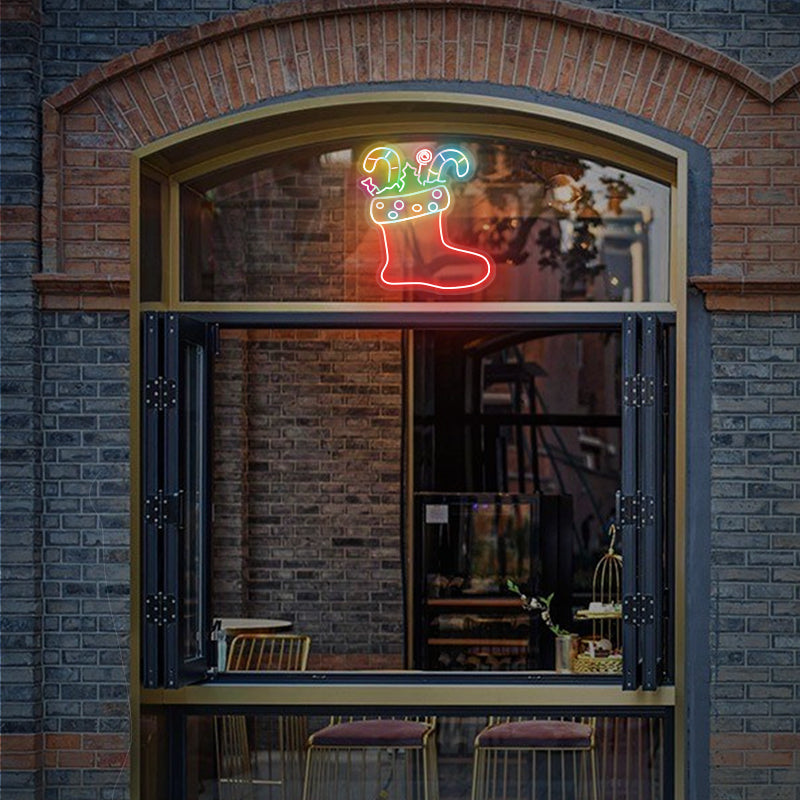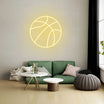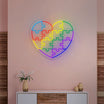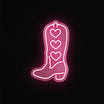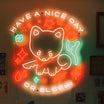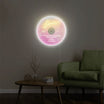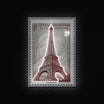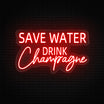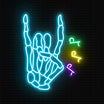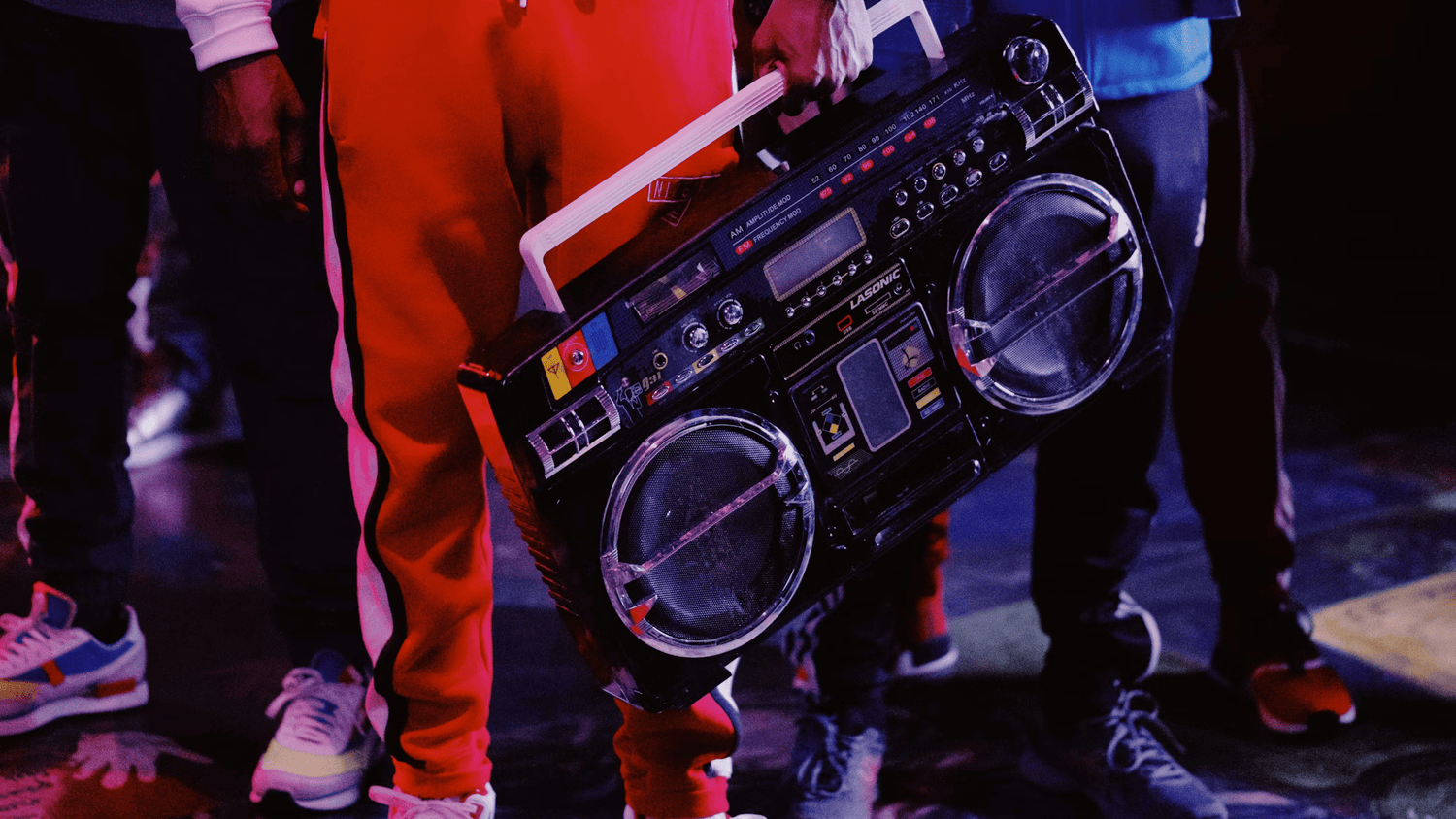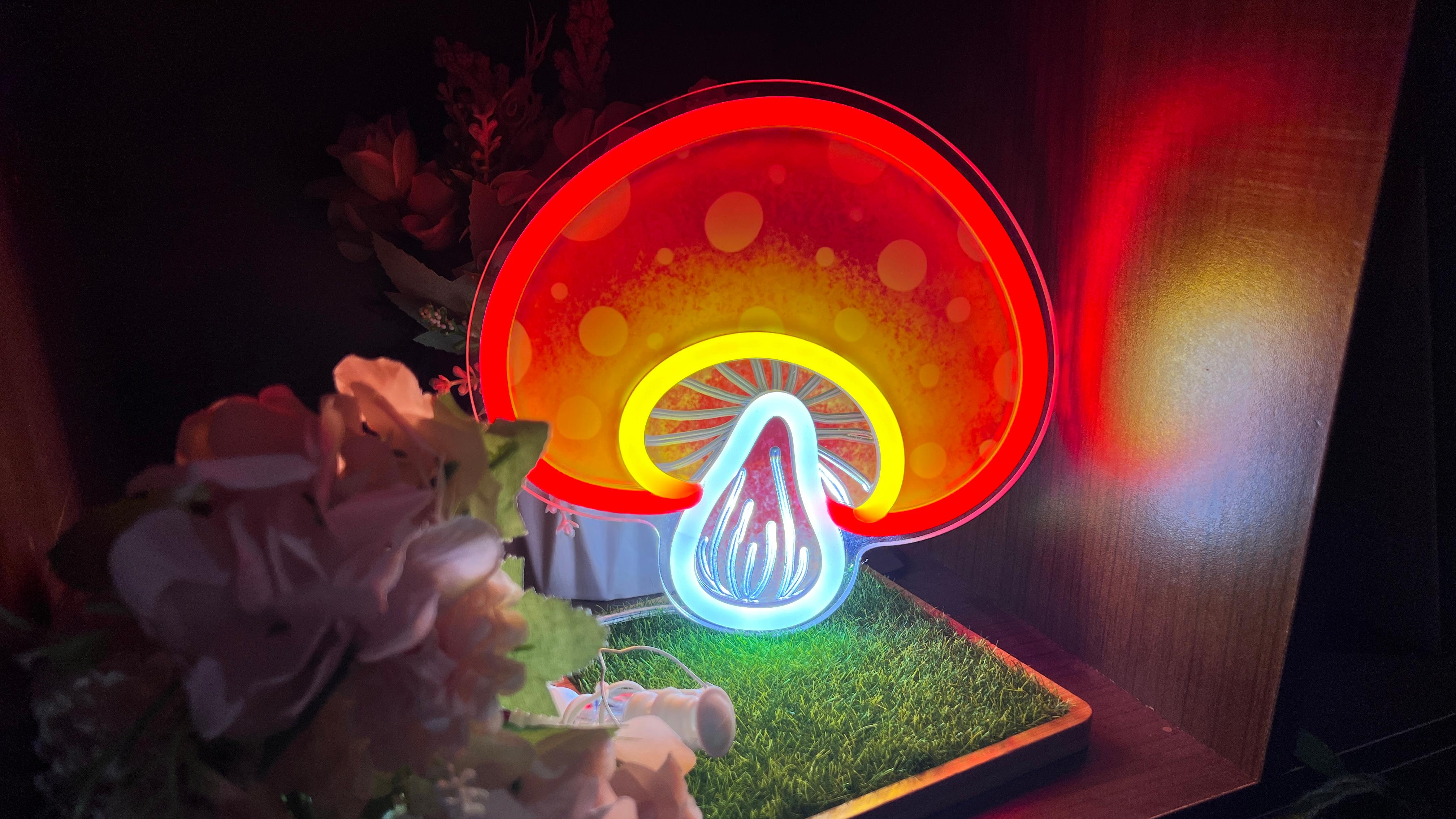Table of Contents
Hip-Hop came as a street-style performance and became a world hit quickly. The late 70s were the budding time when it started to emerge. However, the proper introduction happened in the 80s hip hop with its raw energy. Moving forward, hip-hop gained more and more popularity and made the 90s hip hop a golden age for hip-hop lovers. But its fame didn’t remain it the 90s and gained even more dominance in the 2000s.
Hip hop history is not so old but definitely nostalgic when it was the powerhouse of music, fashion, and self-expression. Many hip hop artists came and gave voice to the streets and made it a cultural sensation. Taking a trip down memory lane back to the 80s, we have many legendary artists, sensational songs, and iconic fashion trends that were inspired by hip hop culture. One very prominent trend was neon lights, which we can still use to bring that retro vibe back in style!

The Origins of Hip-Hop Culture
Hip hop history is brief but very extensive. Although the actual debut was in the 80s, hip hop originated in the streets of South Bronx, New York in the late 70s as a budding form of art. The youth there was predominantly of African American decent and was facing socio-economic challenges. This is when hip hop emerged as a tool for self-expression for African American, Afro-Caribbean, and Afro-Latino traditions. Hip hop was not just music, it was a movement in the times of depression that told the real stories of the streets.
Street dancers were making sick moves on cardboard floors and DJs were mixing beats like never before. The party culture was booming and buzzing. The early foundation was set by some legendary hip hop artists. To name a few, we had DJ Kool Herc—often considered the father of hip hop, Grandmaster Flash, Afrika Bambaataa, and Run D.M.C who gave us some iconic beats that are still the face of retro vibes.
The 80s hip hop were filled with iconic song tracks like "The Message" by Grandmaster Flash & The Furious Five and "Rapper’s Delight" by The Sugarhill Gang. 80s Hip hop fashion was all about chunky gold chains, tracksuits, and Kangol hats that still hold the picture of hip hop to this day.

The Golden Age of Hip Hop
Oh the great 90s, this is where hip hop found its actual voice and took over the world. We got many legendary hip hop artists in the 90s. The hip hop empire was ruled by the famous hip hop groups Public Enemy, N.W.A., and A Tribe Called Quest. These hip hop artists pushed the boundaries and gave deep lyrics with social messages that changed the entire game.
The 90s hip hop was the golden age of hip hop and rap music which made it a dominant force in the industry. Many subgenres were introduced such as gangsta rap, conscious rap, and alternative rap. This was the time when hip hop became more than just music and started influencing fashion, language, and overall pop culture. The influence was so deep that it broke the geographical barriers and hip hop started becoming a global culture.
However, the 90s hip hop are also associated with challenges, controversies, and lawsuits that totally changed how music was made. A true transformation of the industry. This era was blasting some iconic 90s hip hop songs including "California Love" by 2Pac, "Juicy" by The Notorious B.I.G., and "Nuthin’ But a ‘G’ Thang" by Dr. Dre. While 90s hip hop fashion took a bold and drastic turn. Baggy jeans were in style with heavy accessories like gold chains and big hoop earrings. Oversized jerseys, hoodies, baseball caps, Timberland boots, and flashy streetwear brands became the norm.
Hip Hop Goes Mainstream in the 2000s
2000s hip hop went mainstream with its global appeal and broke all the geographical barriers. The surge in popularity was insane and it completely took over the world. Hip hop turned from a genre to an icon of pop culture. This was the time when hip hop transcended from music to influence. Hip hop artists were not just releasing hip hop music albums, they were launching brands in the name of hip hop.
The 2000s was the budding time of early technological advancements. This changed the whole hip hop music industry as 2000s hip hop entered the digital age. The influence grew even bigger, selling arenas globally, soon this movement harnessed political power. The influence was so great with the unifying message that related Black people with American politics, electing the first Black president of America.
Music & Innovation in the 2000s
The digitized hip hop gained even more dominance as hip hop music DJs and hip hop artists started using new ways to strengthen the stardom of hip hop music. The technology let people access any music with just one click, which spread hip hop even further across the globe. It was not only black people’s voice anymore, it unified with the voices of everyone becoming a global sensation.
We got some of the most iconic hip hop artists in the 2000s hip hop including Jay-Z, Eminem, Kanye West, and 50 Cent. They gave some amazing songs that were on everyone’s mind. Some all time hits were "Gold Digger" by Kanye West, "In Da Club" by 50 Cent, and "Lose Yourself" by Eminem which dominated the charts and were running in everyone’s head, becoming a part of daily life.
The innovations in the early 2000s brought auto-tune with it. In 2005, T-Pain emerged as the forefather of autotune using it to give a robotic tone to his hip hop music which gave rise to new motifs in the hip hop culture. Clubs were blasting heavy beats and hip hop blended with pop music and R&B giving us sick collaborations.
2000s Hip Hop Fashion Trends
Fashion in 2000 was all about bling. Rappers and hip hop artists were launching their own clothing lines. The market got supersaturated. That was also the cause of hip hop fashion collapse as competition got fierce. The hip hop streetwear stayed popular in the 2000s paying respects to the previous past two decades of hip hop fashion. Some brands stood out more for their more sophisticated style that combined hip hop fashion with haute couture like Rocawear, Sean John, and Phat Farm. Denim on denim and throwback jerseys were very popular.
The Role of Neon Signs in Hip Hop Culture
Neon signs were always go hand in hand with hip hop trends. They were the soul of hip hop culture and were used pretty frequently. So much so that now we associate retro vibes with neon lights and neon signs. All the clubs used to have these huge glowing backdrops of custom neon signs which added to the bling of hip hop trends. All the hip hop music videos back in the day were made with neon signs. It was such a staple that recreating any songs from the 80s, 90s, or 2000s must add neon lights accents to match the video aesthetics of songs in the hip hop era.
Many artists in the era used neon lights to give futuristic vibes in their music videos like Missy Elliott and OutKast. Nightclubs with neon signs all over became the best hip hop performance spots. This was specially because of the quality of neon lights that added even more energy to the performances with the vibrant and flashy glow. Most custom neon signs were graffiti-inspired and performances often used flashing stage lights which set the vibe of hip hop culture, bringing it to life.

Incorporating Retro Hip Hop Elements into Home Decor
If you want to bring that retro vibes to life now, it’s actually pretty easy. You can give some throwback vibes and old-school hip hop to your home. All you need to do is add some retro elements and viola! Here are some amazing ideas to add retro hip hop elements to your home decor.
- Custom Neon Signs— custom neon signs were quite popular back in the day and it's the perfect and most viable way to bring life to the retro hip hop vibe. You can check out Lamomoneons for the best custom neon signs or choose from their extensive collection.
- Graffiti Art— hip hop culture surrounded by graffiti art and it gives the perfect throwback look. Huge backdrops with neon lights featuring graffiti art and elaborate murals are the best way to add funky vibes to your home.
- Vintage Posters & Records— you can showcase vinyl records of your favorite hip hop artists and add subtle neon lights behind them to make them pop. Vintage posters from hip hop music are the same. You can frame them to add to your gallery wall.

Mix and match these elements with a neon sign for room to turn your home into a stylish and trendy tribute to the golden years of hip hop history. Check out custom neon signs with Lamomoneon to find the best neon sign for your retro display.



